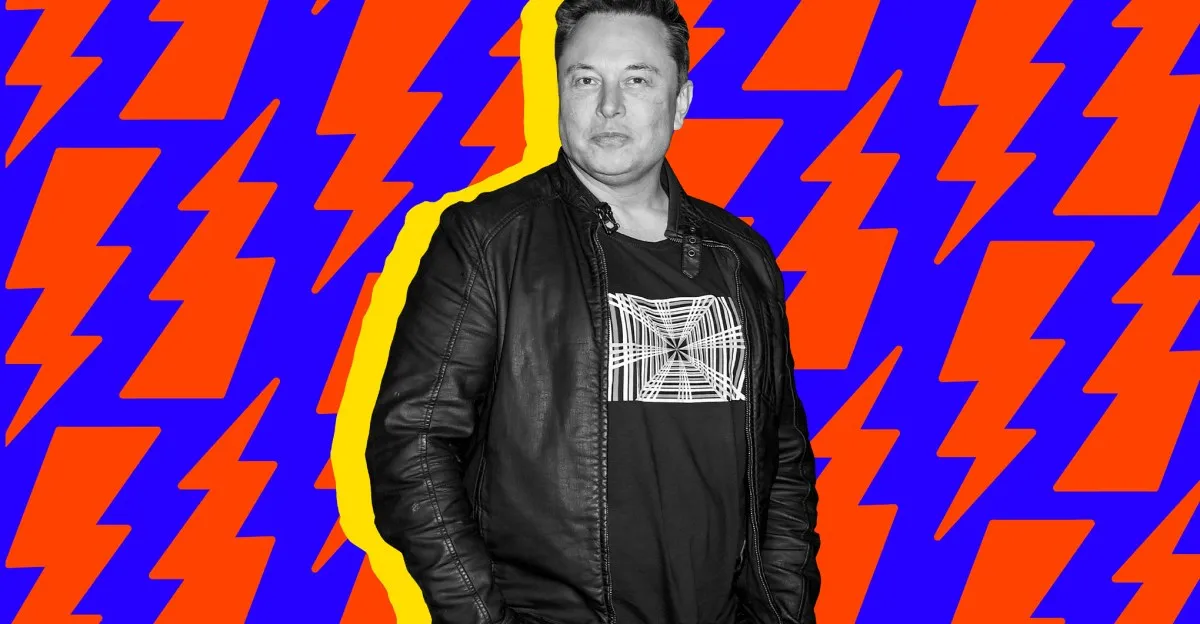
In a recent earnings call, Tesla CEO Elon Musk made headlines by asserting his need for greater control over the company, alongside a proposed pay package that could approach a staggering $1 trillion. Musk's comments were framed around his vision of building a “robot army,” raising questions among investors about his leadership and the future of Tesla's innovative projects.
During the earnings call, Musk hinted at the precariousness of his position as CEO, suggesting that if he were to be ousted, the fate of his planned robot army would be uncertain. "My fundamental concern with regard to how much voting control I have in Tesla is, if I go ahead and build this enormous robot army, can I just be ousted at some point in the future?" Musk stated. This statement appeared to serve as a veiled threat to shareholders, urging them to support the board's proposal for his hefty compensation package.
The proposed pay package includes performance milestones that Musk must achieve to unlock the enormous compensation. These milestones encompass the production of 1 million robotaxis and 1 million humanoid robots, as well as a significant increase in Tesla’s overall valuation. Should Musk succeed, he would solidify his status as the world’s richest individual, further entrenching his financial power.
Shareholders are set to vote on this controversial pay package during Tesla’s annual meeting on November 7th. Interestingly, Musk’s concerns about losing control appear to contradict his previous remarks, where he implied he might leave the company if the package is not approved. The board’s reluctance to remove Musk, even amid controversies surrounding his leadership and public statements, raises questions about the dynamics of Tesla’s governance.
Musk has long been vocal about the potential dangers of artificial intelligence, famously describing work on AI as akin to “summoning the demon.” He has repeatedly urged for government regulation to mitigate the risks associated with AI technologies. Yet, his recent stance appears to challenge Tesla shareholders to grant him the power to lead the development of these technologies, despite past warnings about their implications.
While Musk's ambition for an army of humanoid robots is grand, Tesla's Optimus robots have encountered challenges, including difficulties in performing simple tasks. Musk acknowledged these hurdles during the call, noting the complexities involved in creating a robot hand that mimics human dexterity. He described the upcoming Optimus V3 as potentially transformative, with plans to unveil it in the first quarter of next year.
Proxy advisory firms ISS and Glass Lewis have recommended that shareholders oppose Musk's pay package, which has prompted Musk to label them as “corporate terrorists.” Despite this opposition, historical trends suggest that shareholders may still approve the board's proposal, further entrenching Musk's influence over Tesla as the company continues to innovate in the field of robotics.
As Tesla moves forward with its ambitious plans, the implications of Musk’s leadership and the potential deployment of a robot army will be closely monitored by investors and industry watchers alike. The upcoming shareholder meeting will undoubtedly be a pivotal moment for both Musk and Tesla’s future.